

Drone inspections and surveys are a great solution for tall and complex structures such as towers. A highly specialist approach is required to inspect them. Using state-of-the-art industrial inspection drone technology, Engineers With Drones offers visual inspections of tower assets. We capture footage and data from previously impossible angles in significantly less time compared to traditional methods. Keeping your staff safe, while inspecting at a faster rate and at a reduced cost. All this without disruption to your operations.
Drones equipped with thermal imaging cameras allow you to accurately assess the condition of a tower. Infrared photographs can be used to detect extreme temperature differences that can locate otherwise unseen issues, such as concealed moisture damage and heat leakage.
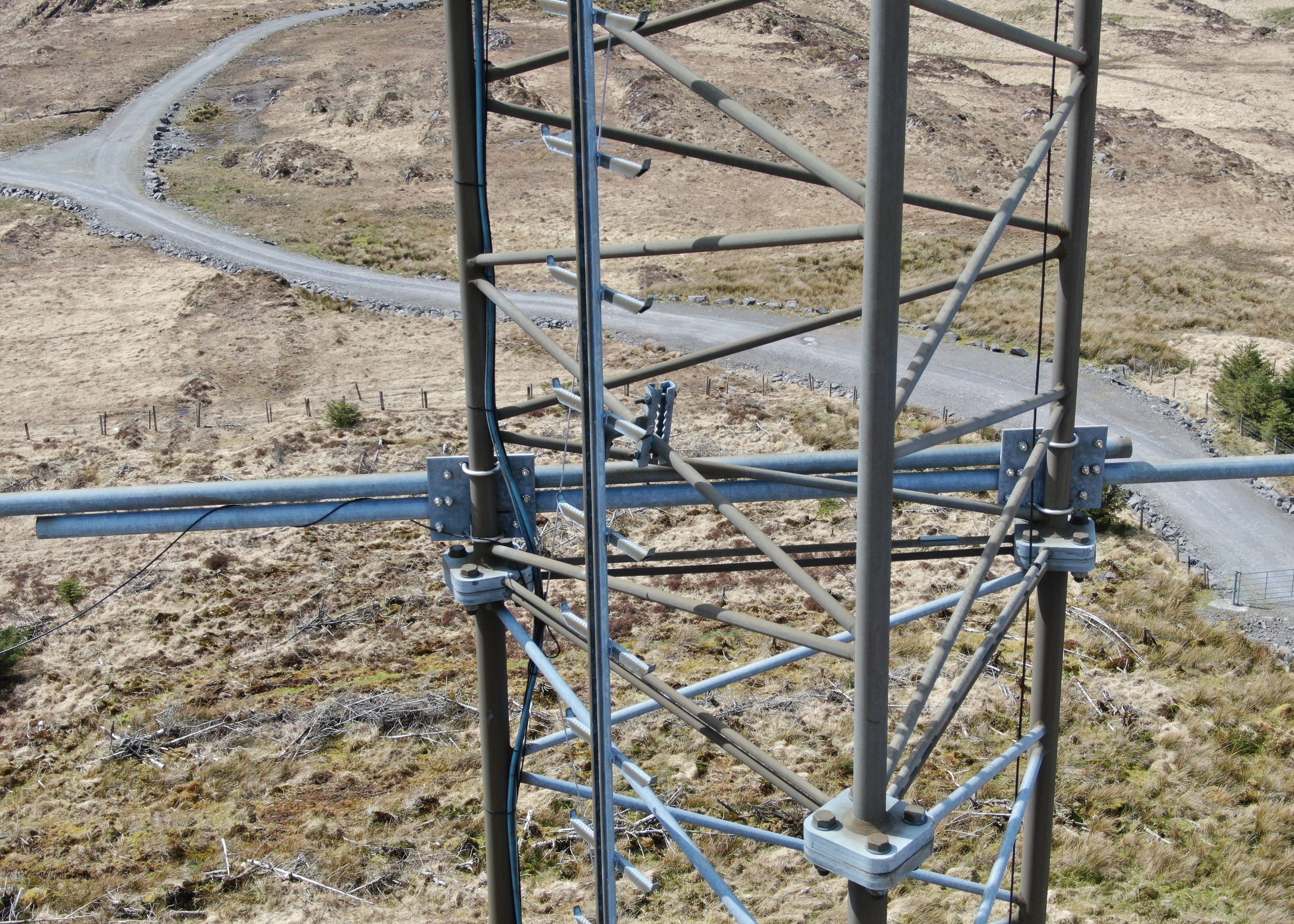
The use of drone 3D modelling technologies gives you the opportunity to inspect a digital twin of a tower from the comfort of your office. This detailed replica can be inspected at a minute level, allowing you to make a record of any areas that are in need of attention. Issues such as poorly executed repairs, general damage and other potential weaknesses can be shared with your employees, suppliers and other shareholders at the click of a button.
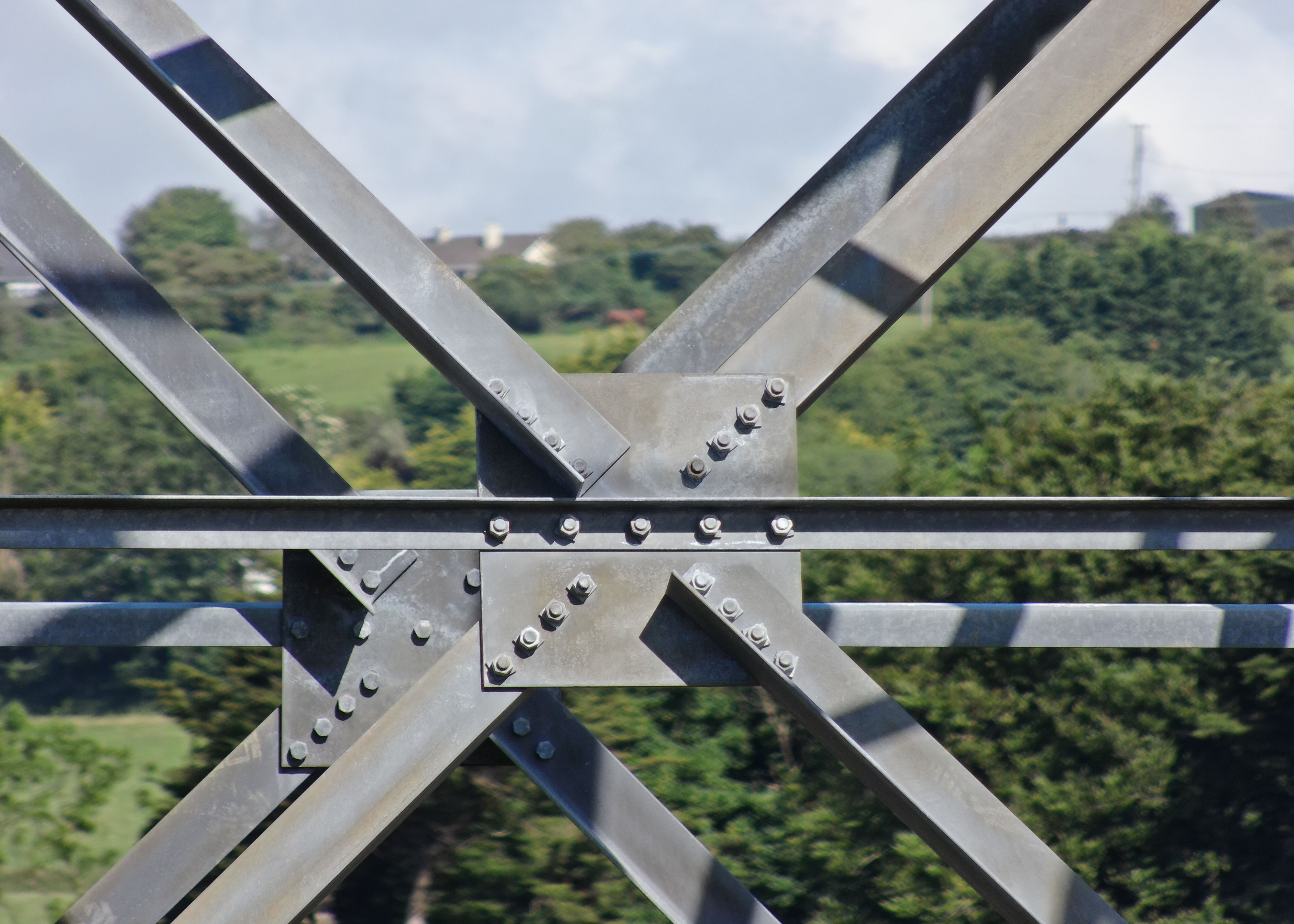
Drones equipped with LIDAR technology produce high-resolution 3D models and maps of your tower. LIDAR deliverables allow you to remotely inspect tower forensics and assessments at the highest level of detail.
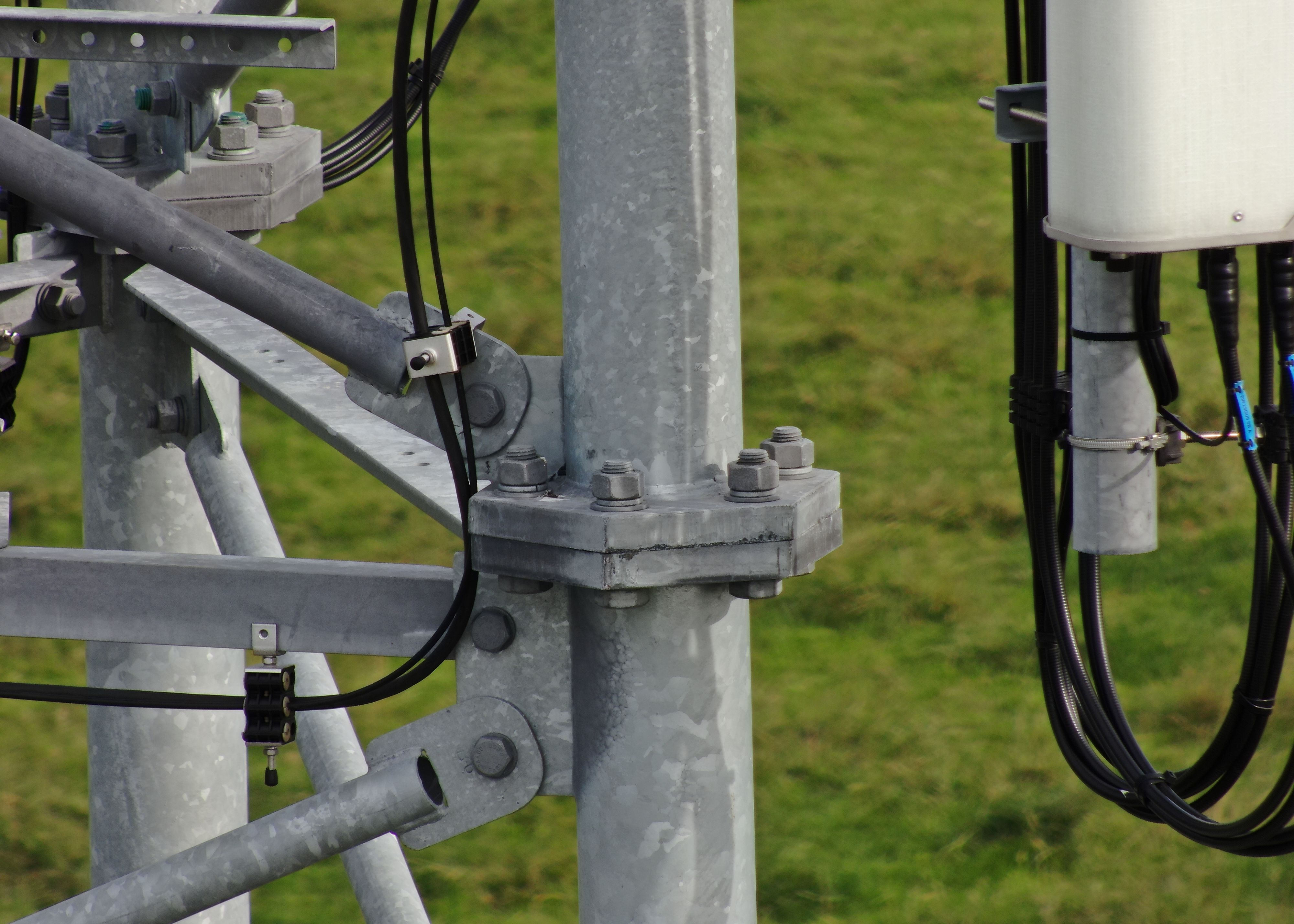
The use of specialist impact-resistance technology deployed with our drones allows us to access areas that are otherwise too hazardous or difficult to reach. Get instant data from confined spaces without the time-consuming, labour-intensive and costly methods of the past, and with zero risk to personnel.
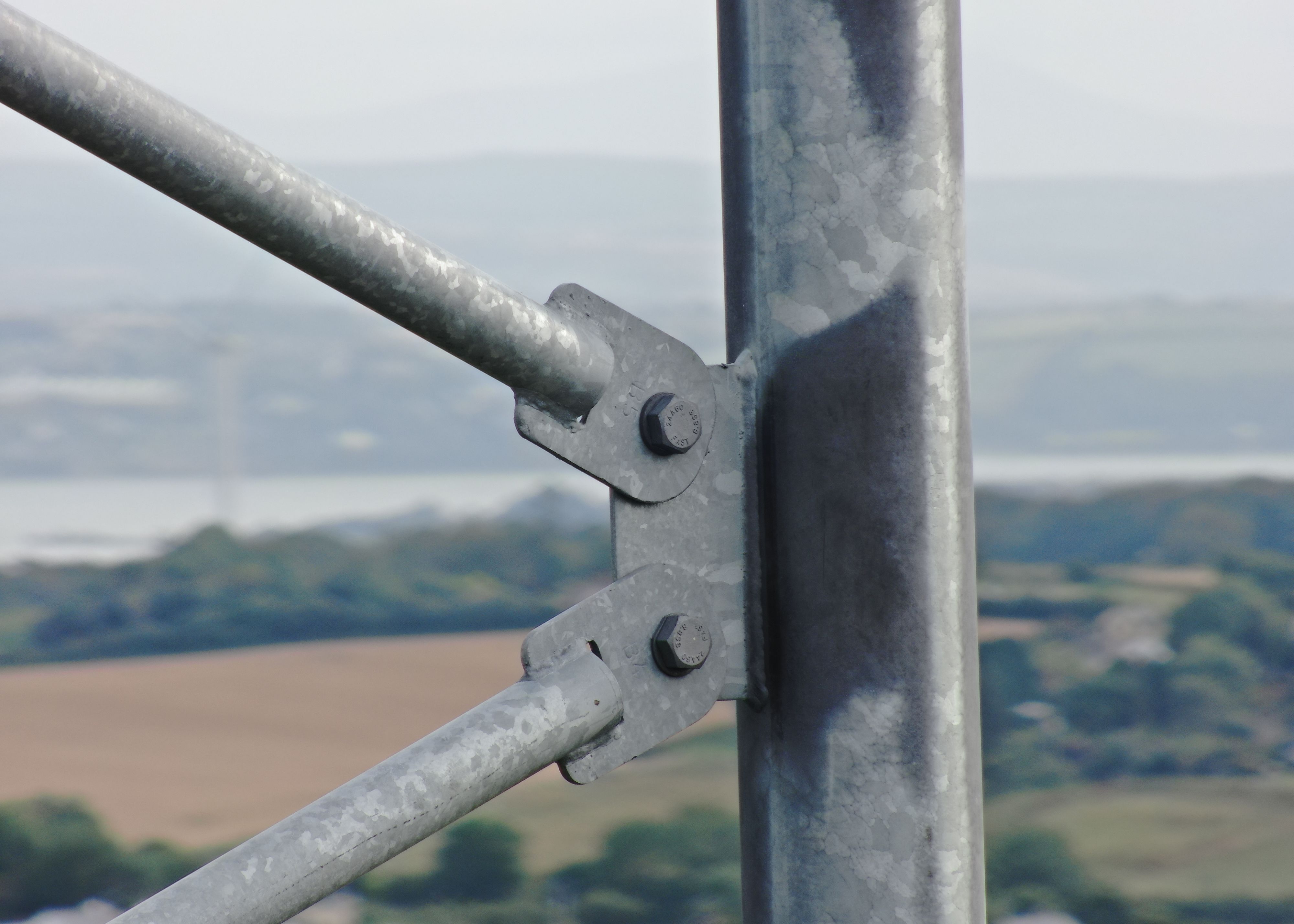
As licensed engineers, we also provide the expertise, understanding, and knowledge necessary to carry out a thorough inspection, with deliverables to match. Our skilled engineers are at the ready.
The Irish Aviation Authority has awarded Engineers with Drones full approval in accordance with the most recent European-wide EASA regulations.
To ensure that you always get the best possible service and cutting-edge deliverables, we purchase the most up-to-date drone technology as soon as it's available.
The operation of Engineers With Drones is governed by a comprehensive HSSE system. Our guiding principles are to reduce risk through rigorous assessment, and to maintain a high level of staff education and training.
We have 6.5 million in public and product liability insurance, and 13 million in employers' liability insurance. Engineers with Drones are fully insured to fly wherever you need.
As we're situated in Ireland, we can respond to your needs quickly, with zero travel complications.
As seasoned engineers in the field, we are aware of the trouble that shoddy reports and deliverables can create. For this reason, we provide you with exactly what you require.
Thanks to our fast turnaround times, your entire project can be completed in a fraction of the time of traditional methods, without any compromise in the quality of your deliverables.
In addition to quadrupling the resolution of an HD camera, 4K also gives you quicker frame rates, incredible contrast variations, and expanded colours. VR video takes the level of immersion and clarity to the next level.
The safety of your personnel and our own is paramount, and we place it at the forefront of our company culture. Ask us about our HSSE systems and practices.
Drone inspections take up less of your manhours and resources than traditional inspections, giving you a faster and more budget-friendly return on your investment.
Downtime is expensive, unpopular and inconvenient. Using a drone, our engineers can conduct a thorough survey with little to no downtime.
Our equipment won't touch or even go close to your assets. Our high-resolution cameras use optical zoom to give extreme close-up views while staying a safe distance away.
We use cutting-edge technologies to detect problems that would otherwise be invisible. These include 4K ultra-HD photography/video, LIDAR and thermal imaging.
Drones aren't just for flying up in the sky. Our specialist drones can fly into confined spaces like chimneys and boilers to look for issues that would otherwise be inaccessible.
We understand that you need answers fast. We can deliver a plain-English report with clear-cut conclusions in days. Then, you can take the steps you need to and get back to doing what you do best.
Drone technology is cheaper, safer and more reliable than traditional methods such as scaffolding, cherry-pickers and ropes. It's also quicker and less labour-intensive. We will bring everything we need and be out of your way that same day.
The inspection of tower structures and tall chimneys using traditional methods can be very dangerous. It is also time-consuming and labour-intensive. Not only does it involve asset downtime and working long hours in dangerous environments, but also unproductive gaps between data collection and feedback.

Resolving break-downs, detecting abnormalities and carrying out routine inspections, have all become more streamlined and efficient with the use of drones. Our drones reach heights and angles that are simply not possible using structural assistance. We can also record footage from a distance, or get right up next to a mast or tower without causing any disruption. Multiple angles and distances allow for a clearer understanding of your assets' condition. All this can be achieved without the time constraints of erecting structural assistance, giving you the information you need instantly.
Faster reports and diagnosis mean quicker implementation of fixes with savings made in the short and long-term. The zoom capabilities of our cameras mean that, even from a distance, the quality of the image recorded is of super-high detail.
It is important to perform inspections of your tower assets on a routine basis. This is to ensure they are structurally safe for maintenance personnel and the public. Inspections using drones are a proven low-cost way to help gather vital information to help prioritise and plan maintenance activities.
A pre-climb drone inspection will optimise your technicians' time. It will not only identify potential climbing and safety issues, but also the right tools needed for any repairs. This not only reduces the risk to maintenance teams by avoiding multiple dangerous climbs, but also the overall cost.
We perform fast visual inspections of towers to determine the status of the structure and cabling after a storm. Our status report will help you prioritise the needed repairs.
We take emails, phone calls, messages, everything! If you are unsure of what's possible we are happy to advise, the most important thing is to get in touch. We'll be happy to answer any questions you may have.
With drones, it's best to begin where you want to end up. What sort of deliverable would you like when it's all finished? If you are not sure then we can advise. We can look at what you would like and work backwards from there.
Once we have agreed on what is to be done, the scope of work is set and a price is agreed upon. We feel it is vital that everyone knows what they are getting and what they are paying for it. There should be no confusion.
Once we have confirmation you are happy to proceed, we start the ball rolling. We organise things like RAMS, site permits, Air Traffic Control clearance and much more. Basically, we generate everything needed to turn up on-site with all our ducks in a row.
Next, we do the work on site. We have the gear, we have the know-how, so now it's time to get the job done. This can sometimes be affected by the weather, but for the most part, we get the job done on the date specified.
This is where we take what we generated in the field and turn it into a final deliverable for you. This can be anything from the raw data itself, to fully processed Orthophotos, condition reports, CAD line work or thermal imagery.
The final step is the handover of the deliverables. We tend to use a cloud-based service, so you can access your data anywhere. We can also tie into your existing systems if that is more convenient.
Our drones (and our people) can offer a lot more than just HD images. Our team all come from specialist engineering backgrounds, and they use all the very latest drone technologies and capabilities to deliver expert analysis on all types of commercial, civil and industrial assets. If you need an engineer's expertise, next-generation drone technology and industry-leading deliverables, then you've come to the right place.
Capture high-quality imagery of your assets from never before seen vantage points.
Find out moreDetect abnormalities within your assets that are otherwise invisible to the naked eye.
Find out moreCapture a high-resolution, photorealistic 3D model of your terrain, accurate to the finest details.
Find out moreWe purchase the latest drones as they come on the market to ensure you are getting the highest quality service from us at all times. Here is a quick look at what we would be most likely to use for a typical drone tower inspection.

The M300 RTK by DJI is the premier enterprise-level inspection drone on the market. With a flight time of up to 55 minutes, lots of built-in redundancy, and a host of payloads to choose from, this is our go-to UAV for inspection work. When coupled with the Zenmuse H20T camera, it is capable of safely inspecting high-value assets at a stand-off range.

One payload with a multitude of sensors. The H20T is specifically designed for conducting inspections of high-value assets. When coupled with the Matrice M300 aircraft, the various sensors on the H20T give the operator a wide array of options to get the best imagery possible.

Powerful yet attentive. The Mavic 3 Enterprise is the perfect discrete mapping and inspection drone. This is our go-to aircraft for missions where flying large drones would either be illegal or cause a disturbance. This powerful little drone gets the job done without showing off.

Small yet powerful. This tiny drone is our go-to drone for anything where we may be close to uninvolved people. The combination of its small size and powerful 48mp camera make it the ideal drone for urban and built-up areas where ground risk is a key consideration.

We can deploy this highly portable and versatile UAV at a moment's notice. It is designed for an array of industries and situations where thermal imaging and speed of work is of the essence; such as identifying heat loss and structural defects, conducting solar plant inspections or any low-light/low-visibility environment survey.

With this high-end Class 0 light-weight drone, we're able to reliably shoot in almost any condition and location, utilising its smaller size and spot-on obstacle avoidance to gather deliverables from more densely populated areas in the safest way possible.
Read more...
Read more...
Read more...
Read more...
Read more...
Read more...
Read more...







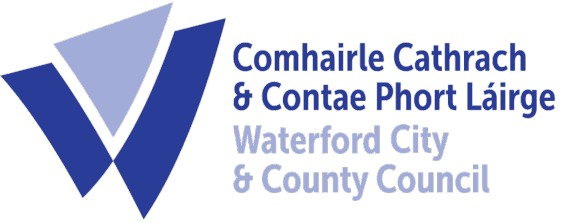

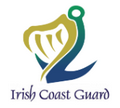
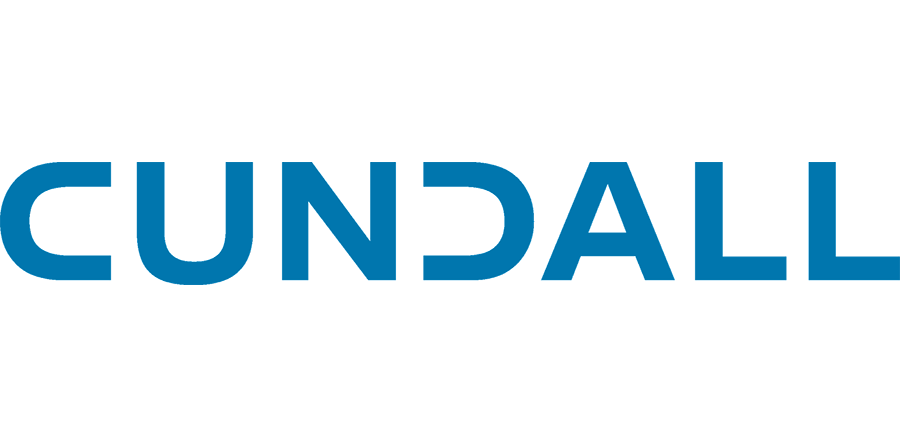










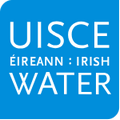

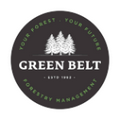





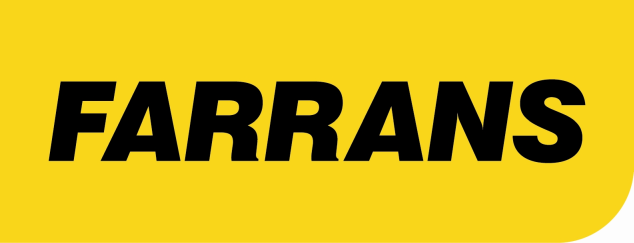
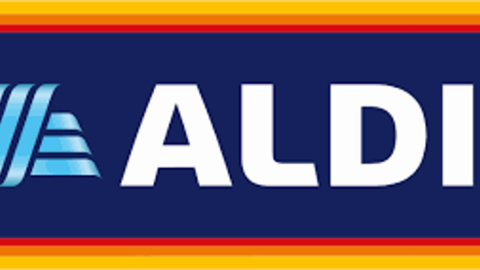






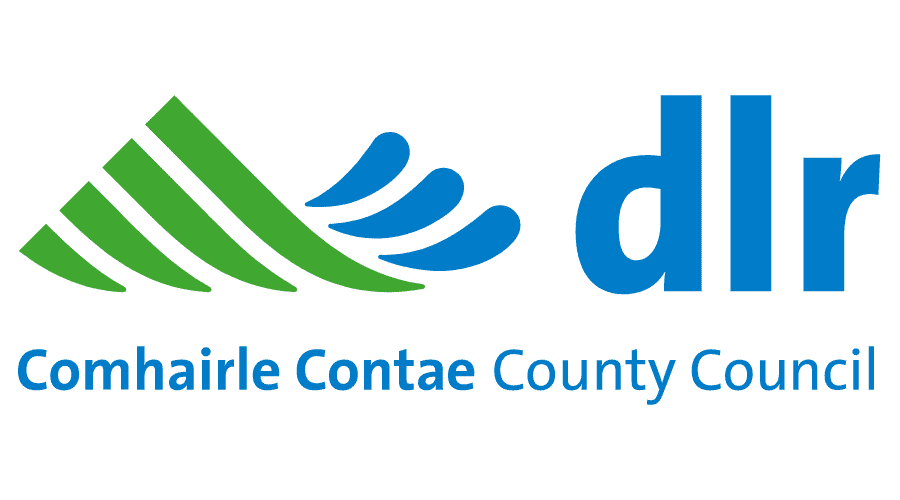



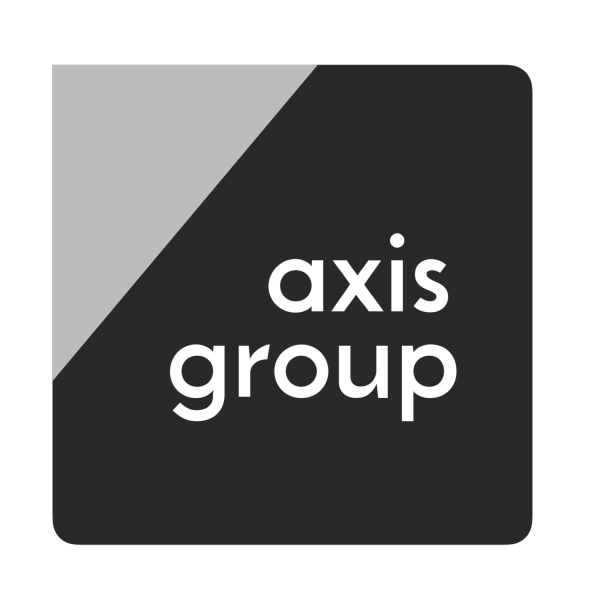







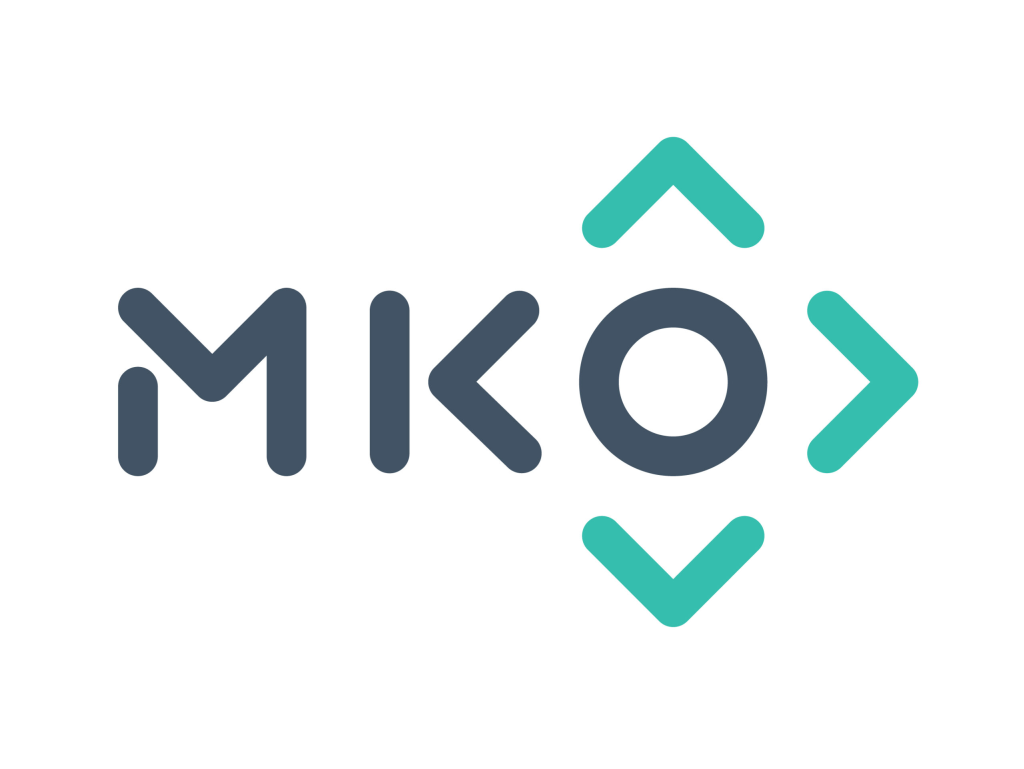
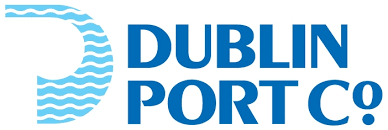

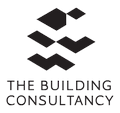







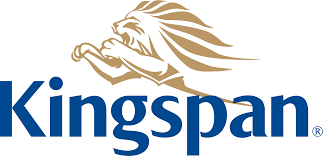












































































































































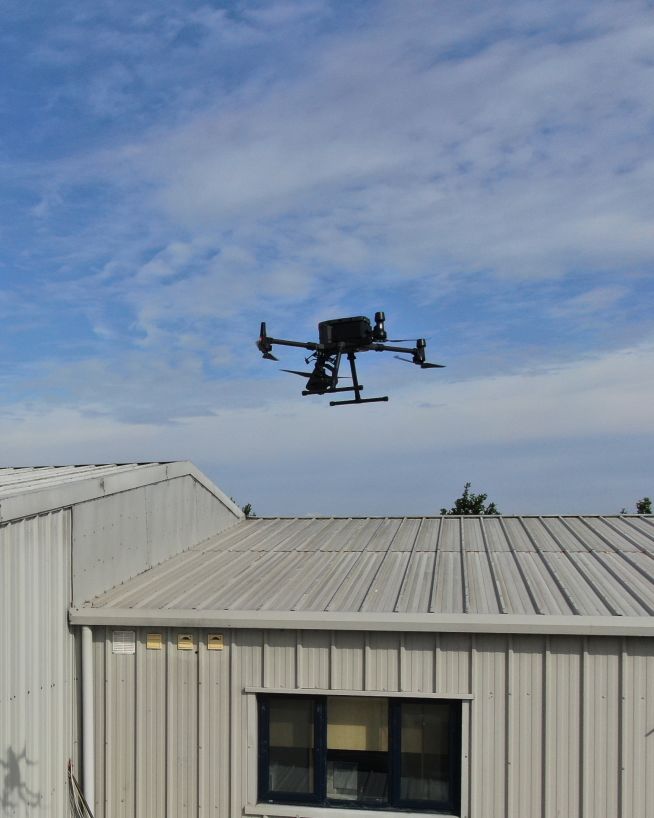
Accurate, safe and instantly actionable data collection
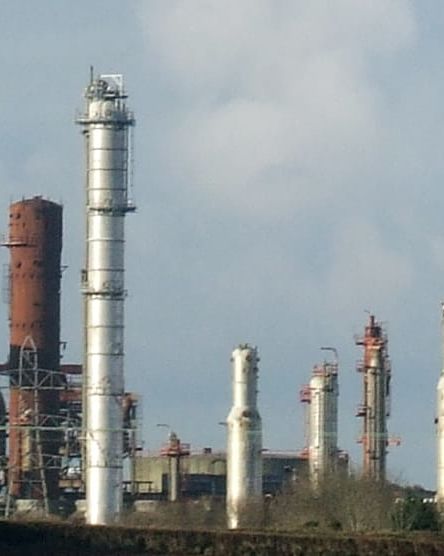
Actionable data from a safe distance, with less downtime
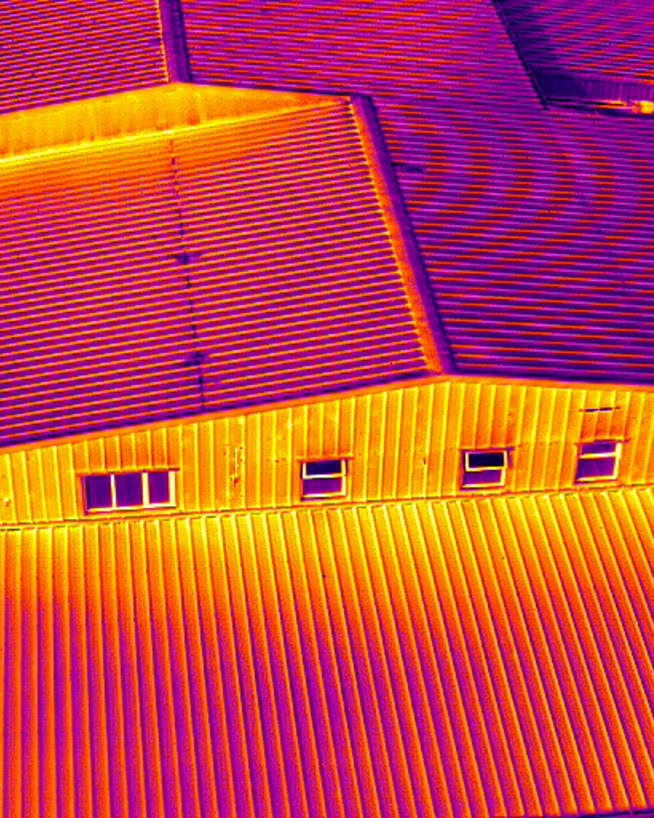
Record and document reliable visuals without safety concerns
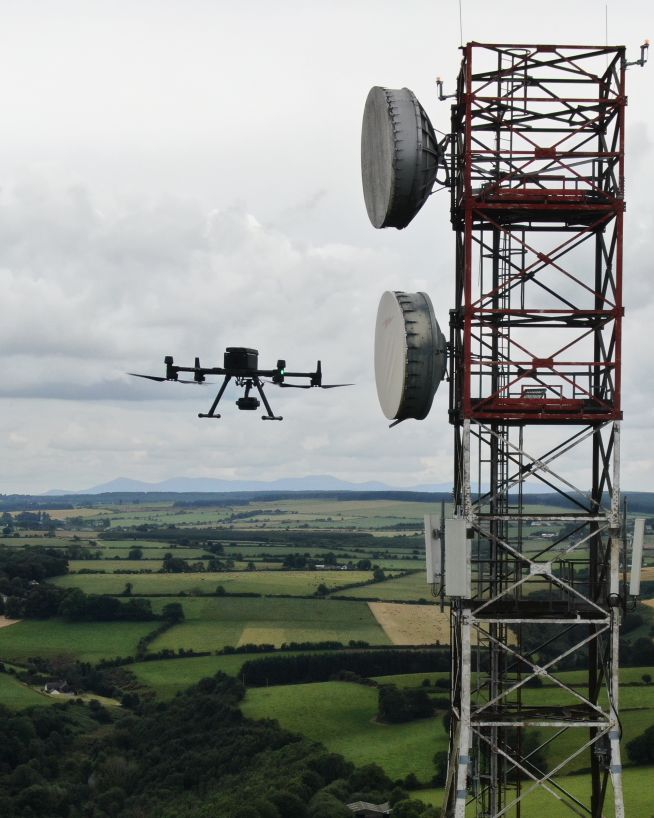
Instantly view complex structures, keeping risks to a minimum
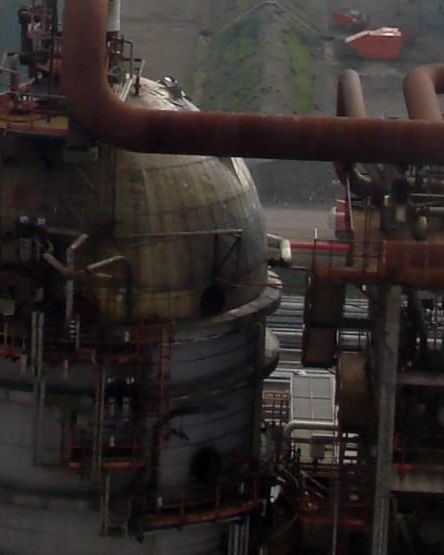
Fast, actionable data without the risks of traditional inspections
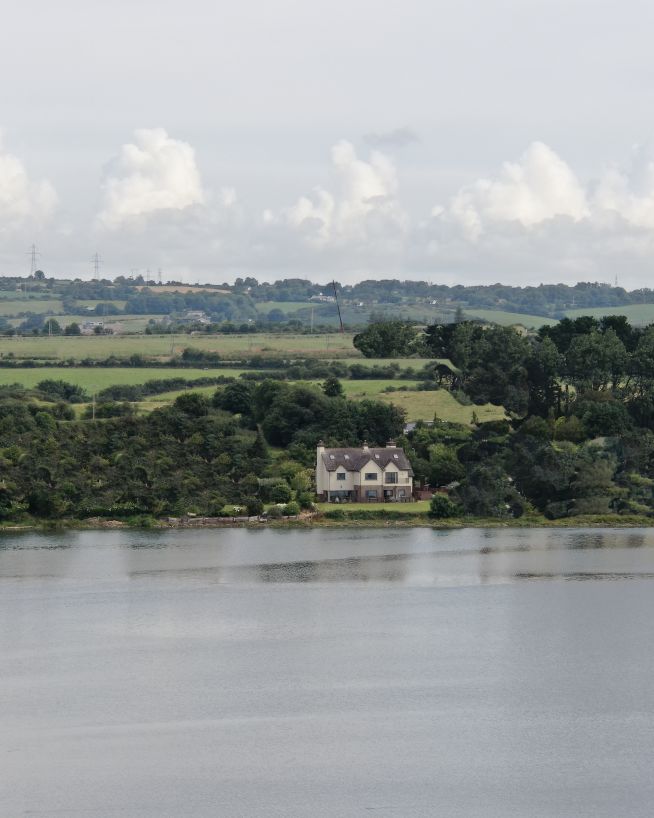
Add "Wow Factor" to residential and commercial property listings
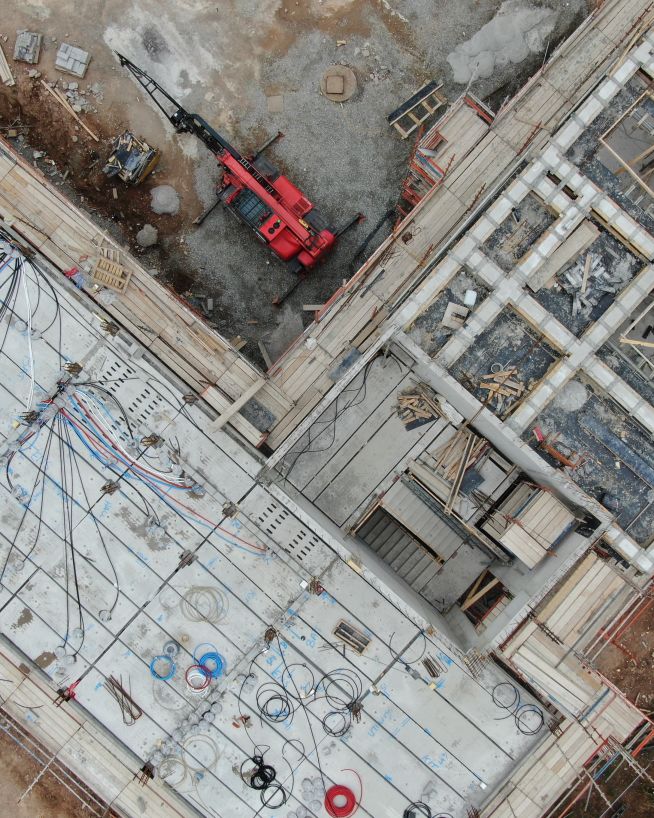
Instant, actionable data with no downtime
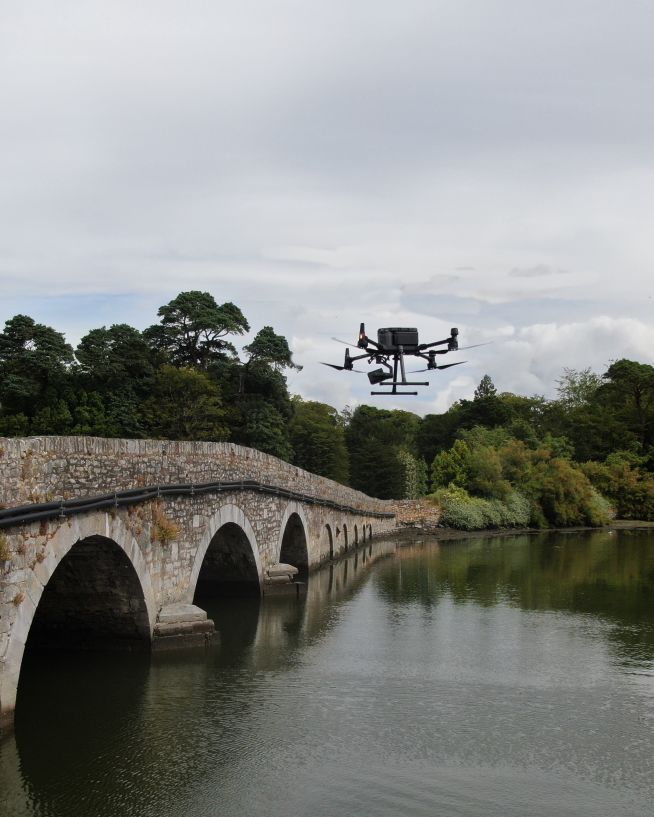
Safer, more cost-efficient, with less downtime
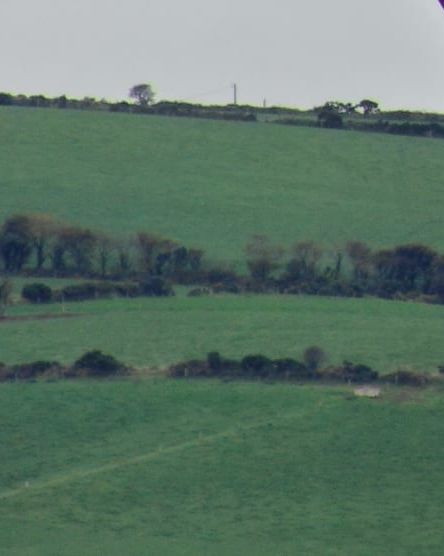
Critical, pinpoint details with none of the risk
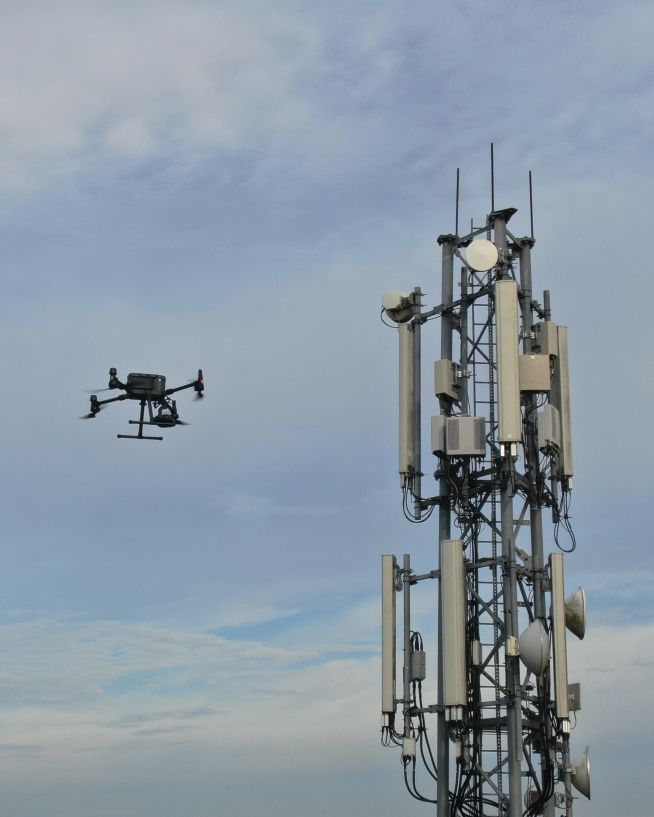
Reduced risk, damage to towers and delays

Safe, precise and instant reports on vessels and infrastructure
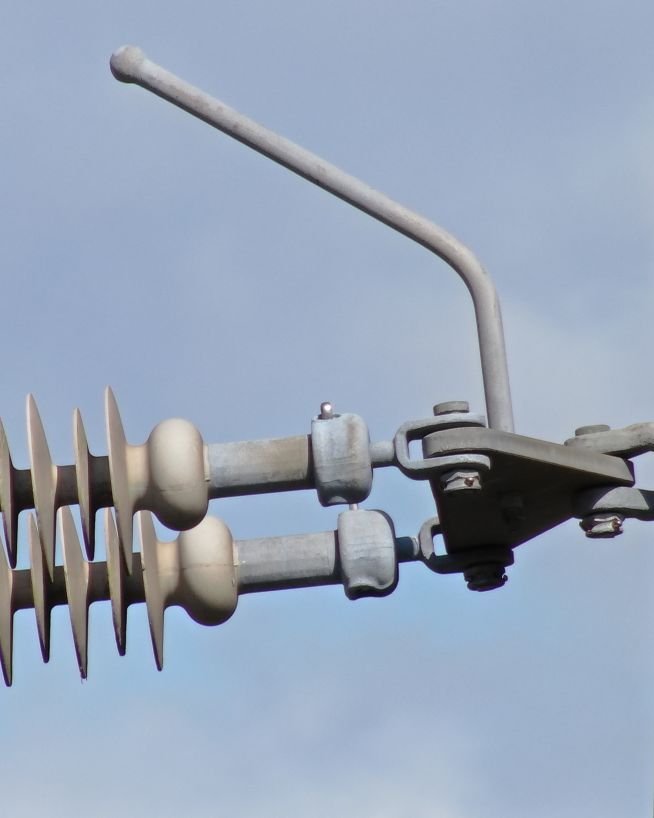
Instantly usable data via a safer and more cost-effective process
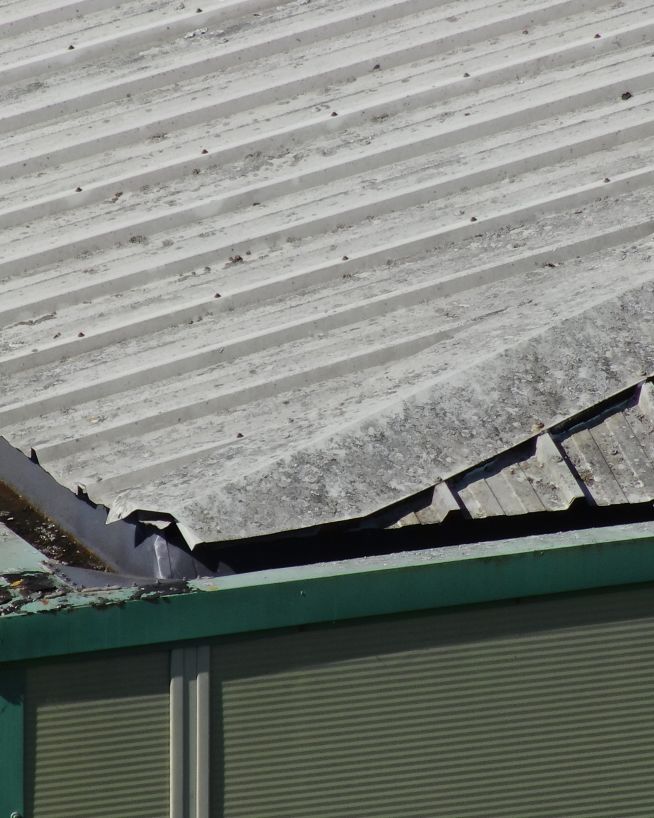
Clearer, faster results without the risks
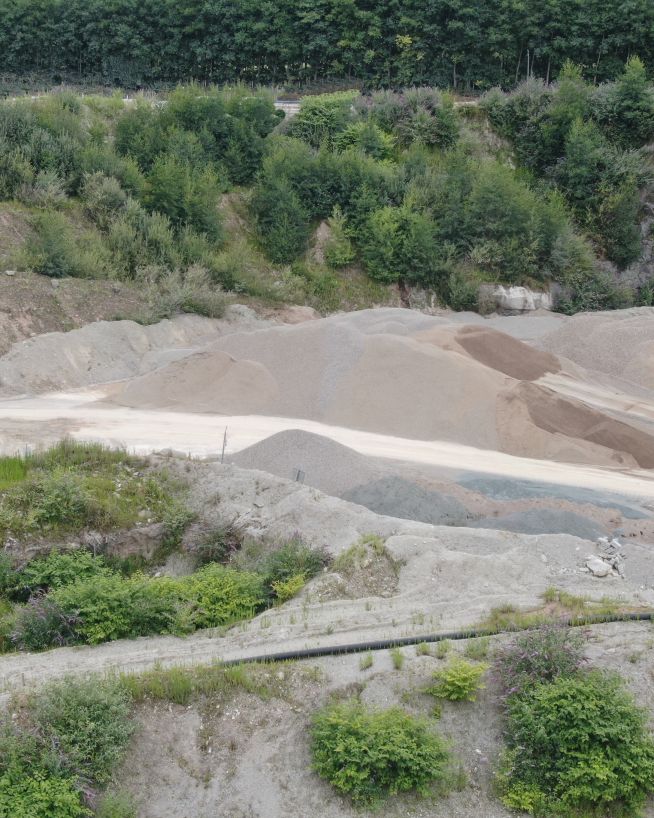
Monitor status and progress without downtime
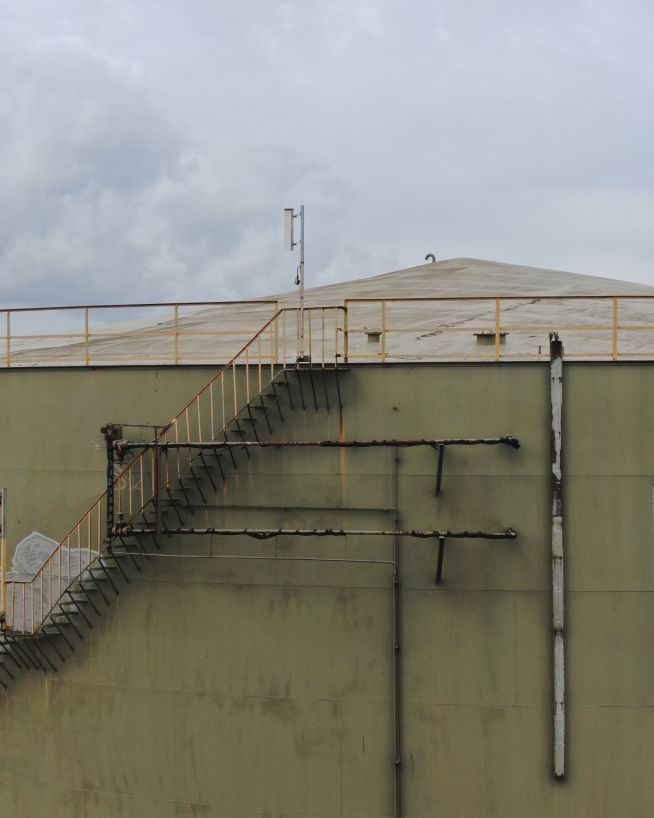
Get fast, usable data from a safe distance
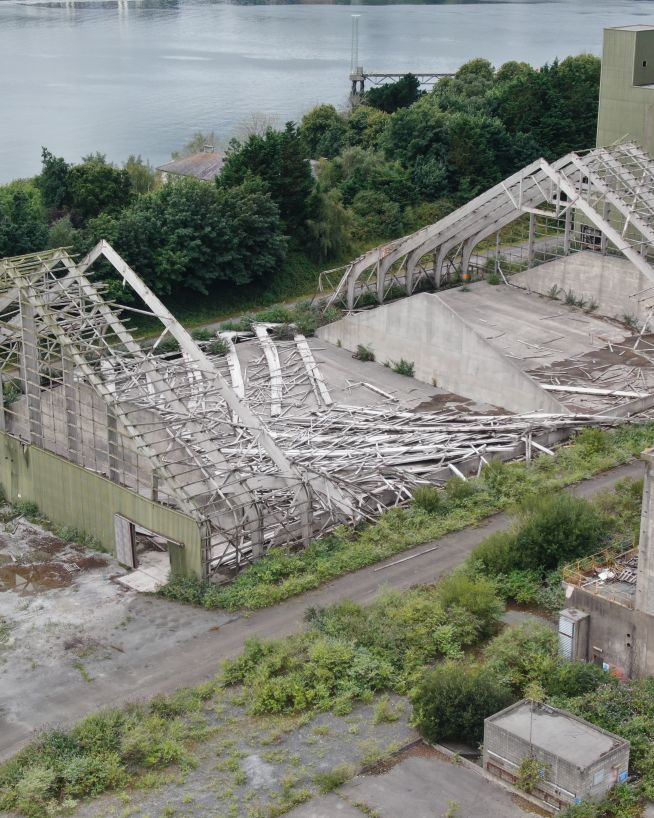
Assess damage quickly and with pinpoint accuracy
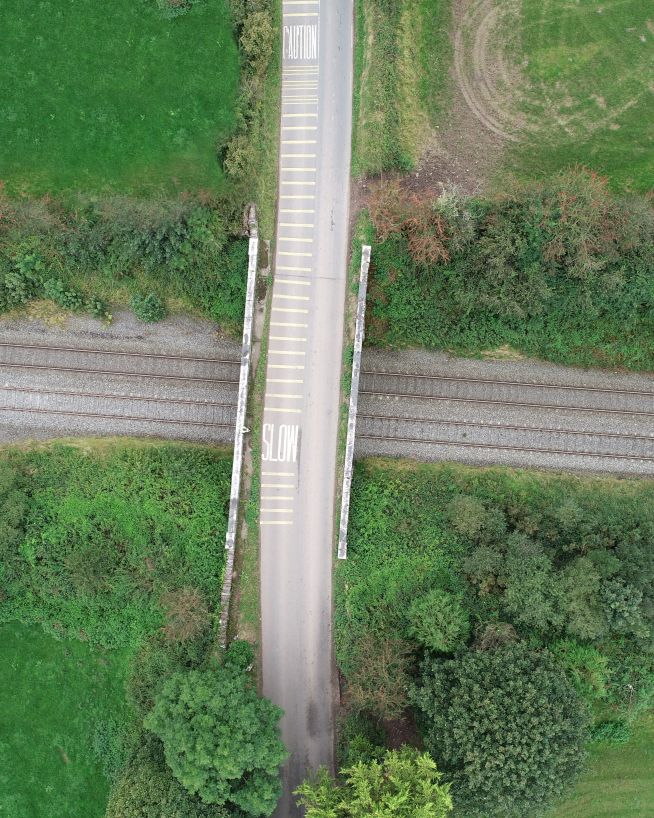
Eliminates downtime and safety concerns, at a fraction of the cost
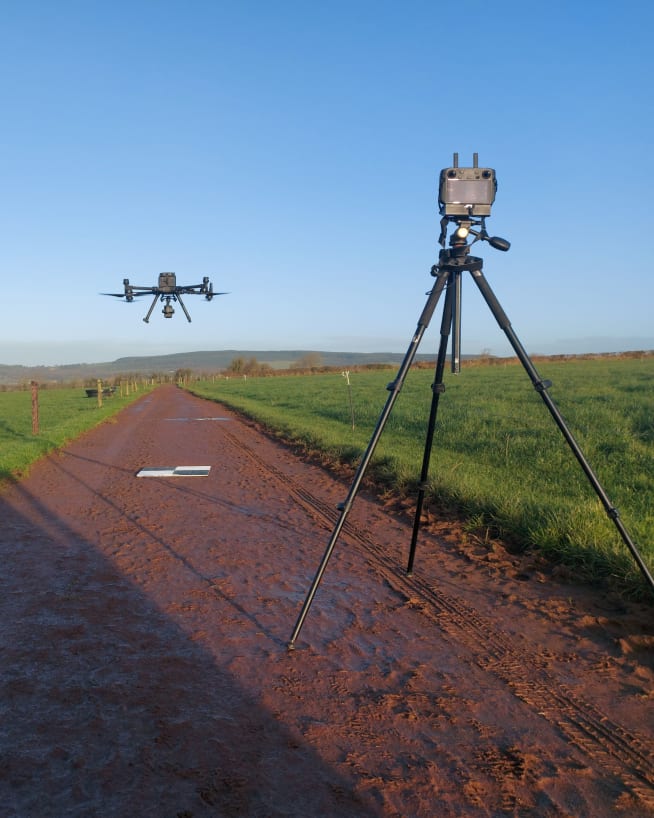
Accurate and efficient analysis of crops and land
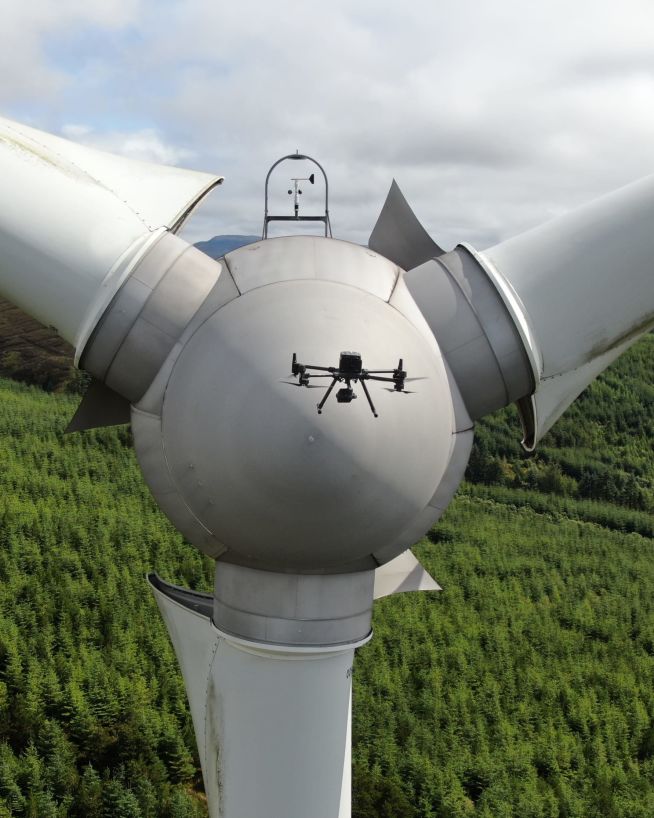
Inspect and maintain energy assets without risk or downtime
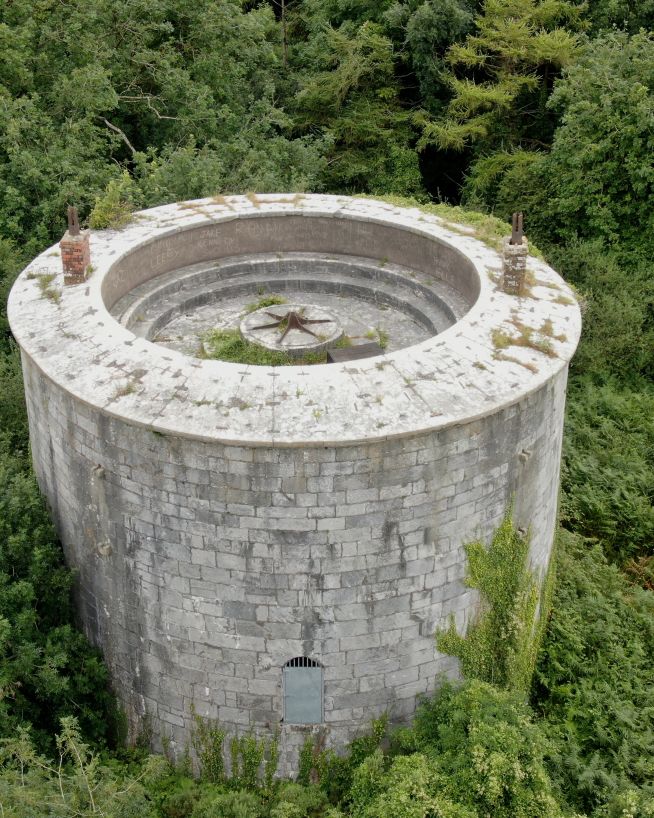
Analyse historical buildings without risk to people or property
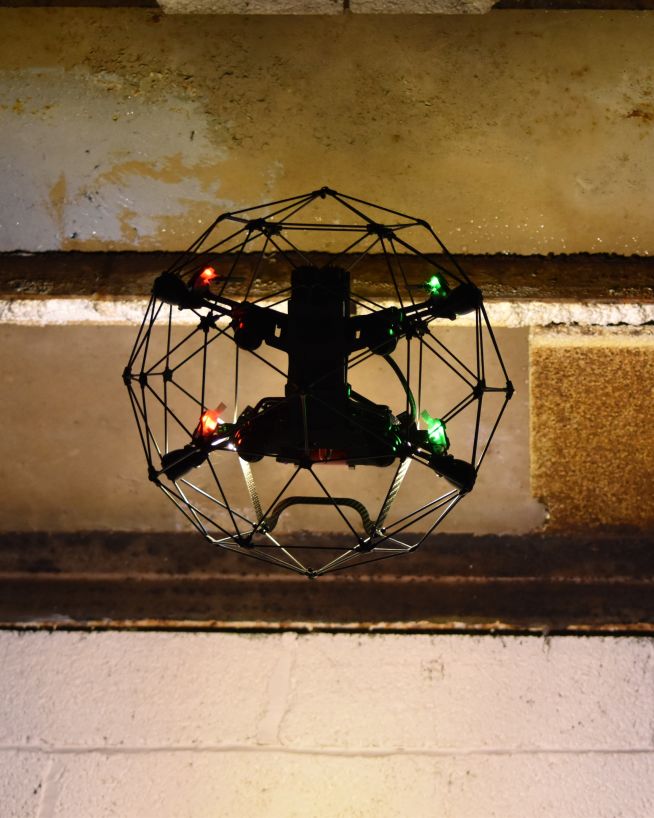
Eliminate safety concerns, save costs and reduce downtime
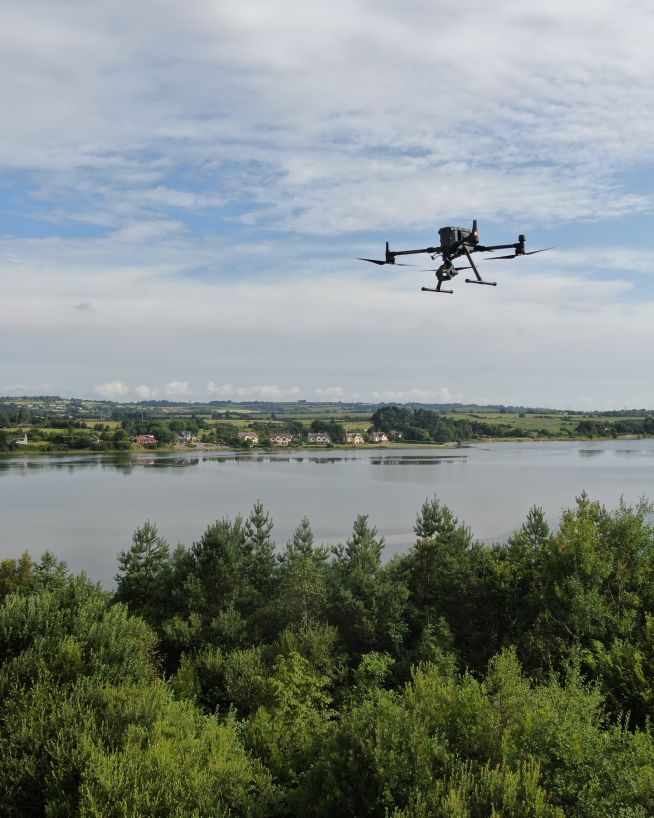
Safer, more precise data collection at a fraction of the cost
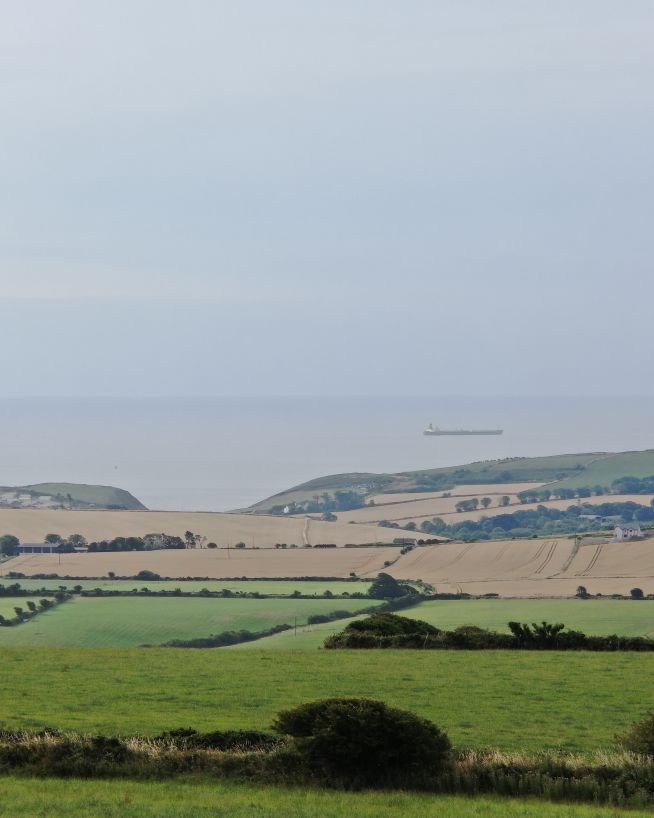
Endless perspectives, without manned aircrafts or structures

Faster, cheaper and more accurate analysis of land
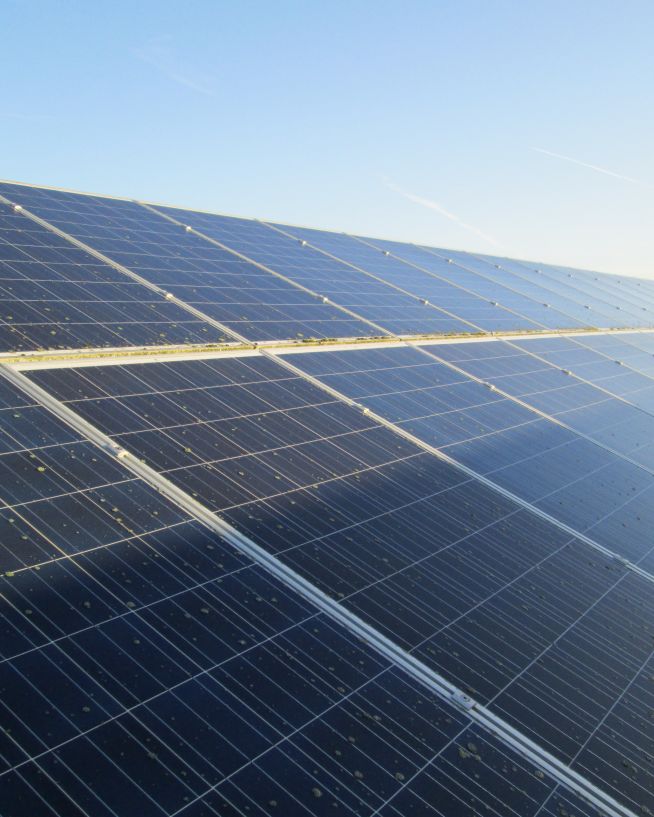
Get actionable data on quality and operational health
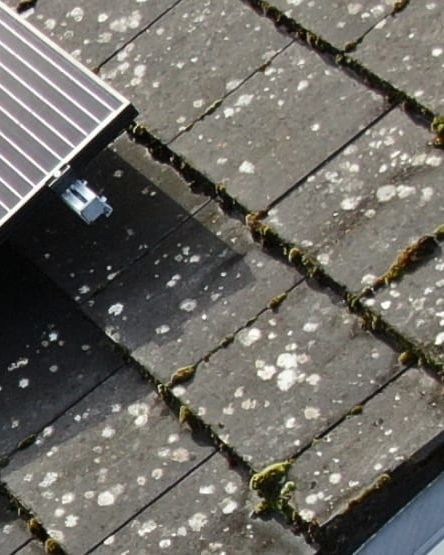
Ensure solar panel efficiency from precise data collection
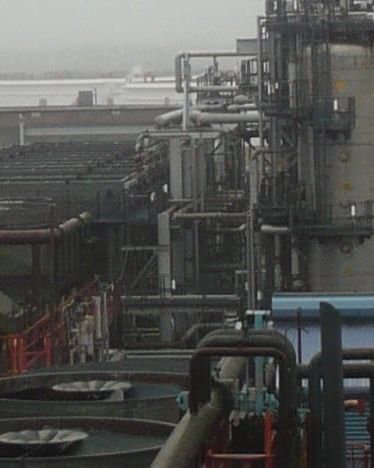
Keep production running while collecting instant critical data
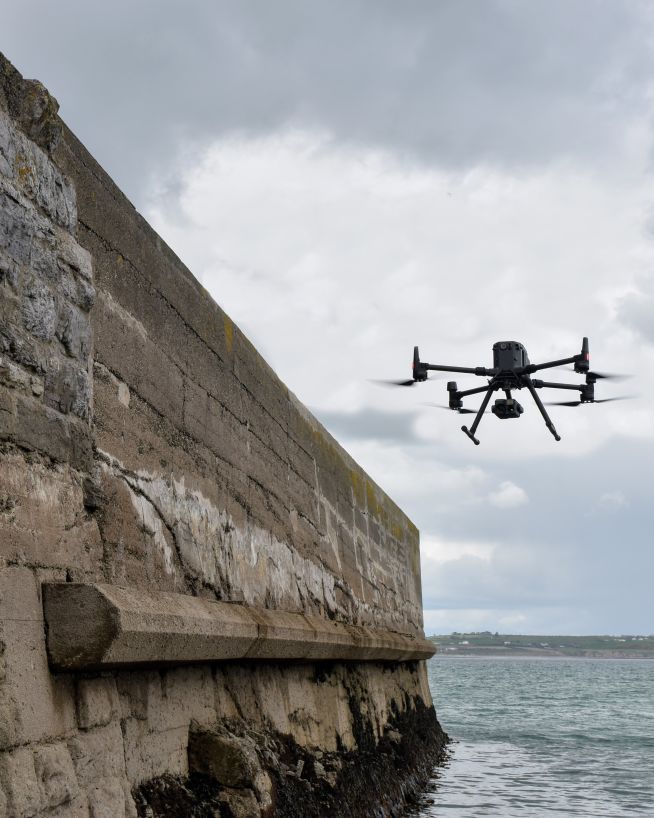
Monitor coastal assets safely and with more precision
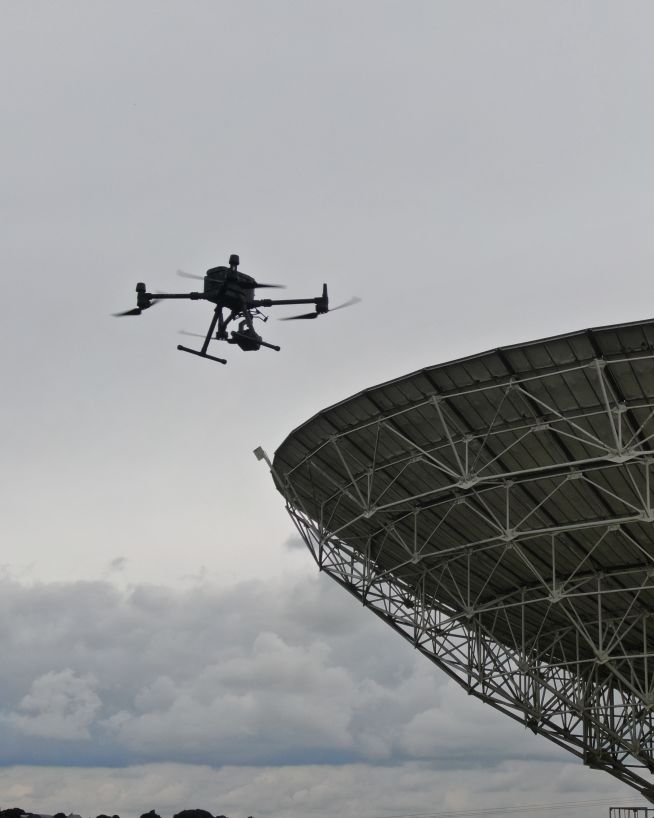
Get critical data on cell and telecommunication infrastructure
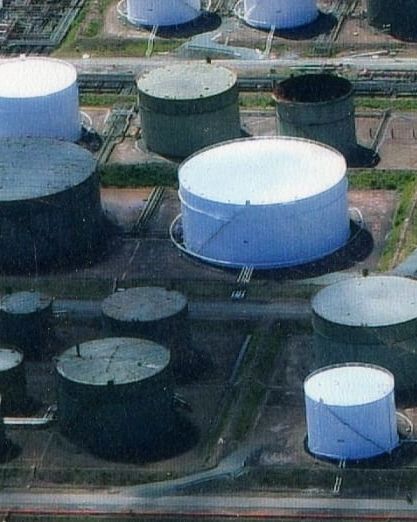
Safer and more cost-efficient flare (oil and gas) inspections
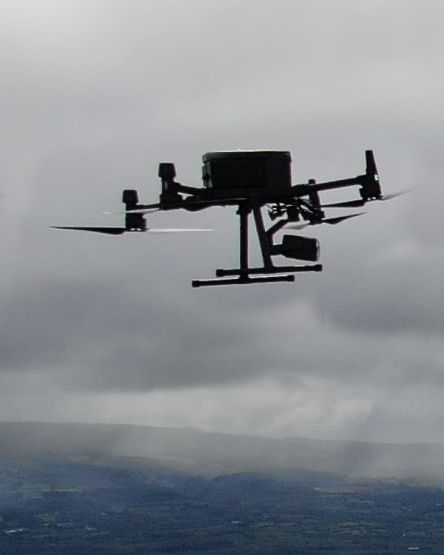
A more cost- and time-effective way to receive critical data
Optical zoom is a feature found in cameras that allows you to change the focal-length of the lens, which in turn magnifies the image. Unlike digital zoom, which simply enlarges the pixels of an image, optical zoom physically moves the lens elements to zoom in or out, resulting in a higher-quality, more detailed image.
Optical zoom is better than digital zoom for several reasons. Firstly, optical zoom maintains the image quality and sharpness because it captures more detail from the subject. In contrast, digital zoom often results in a pixelated, blurry image because it enlarges the existing pixels of an image, which degrades the quality.
Secondly, optical zoom allows you to get closer to your subject without physically moving closer, which can be useful in situations where you cannot or do not want to approach your subject closely. This can be especially helpful for wildlife photography or for taking photos of events from a distance.
Overall, optical zoom is a valuable feature that can help you capture high-quality, detailed images from a distance, making it a must-have for many photographers.

UHD or Ultra High Definition signifies that a camera's resolution is 3840x2160 pixels. This is exactly four time higher than high definition cameras (1920x1080 pixels), and so UHD is often also know as 4K. More about drone photography...